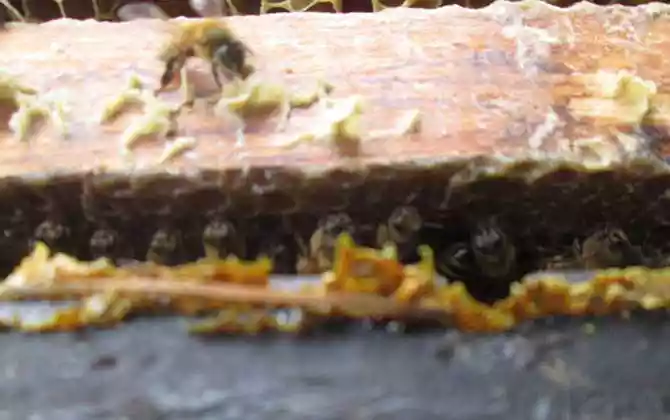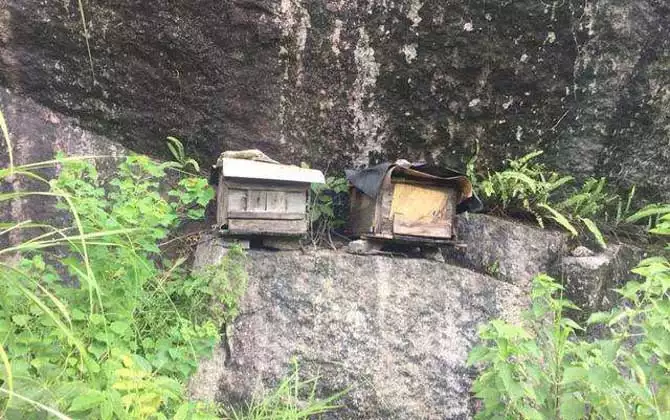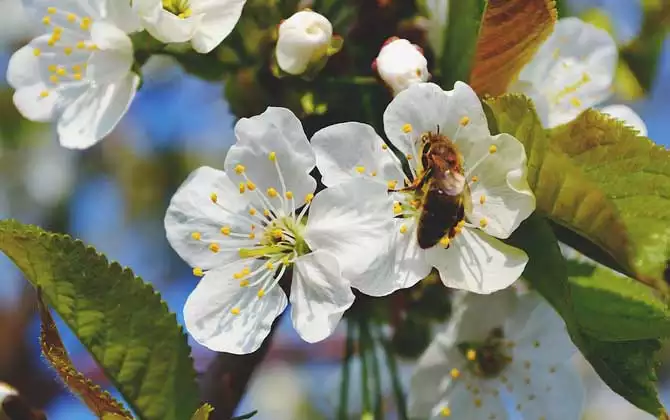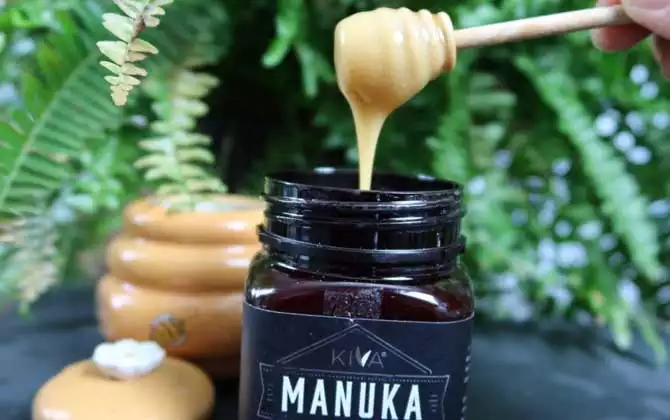Welcome contact us get latest quotation at [email protected]
Honey Bee Swarms and their Control
Checking the bee colony allows us to grasp the changes in the colony so that we can take timely measures to adjust to create favorable living conditions for the bees, the method of inspection is divided into open box inspection and observation outside the box, open box inspection with a good mask, people should turn their backs to the sun, start the secondary box cover with a scraper gently warp open, use the scraper to gently pluck the partition and nest frame, so that the frame ears and the box body nest groove separate, use both hands of the index finger Use your index finger and thumb to pinch the frame ears at both ends of the box and carefully raise the nest spleen vertically, paying attention to the fact that the nest spleen should not touch each other to avoid bruising the queen or angering the bees.
There are two ways to check the nest spleen: 1) to bring the nest spleen to the height of the line of sight and look at the face first, then flip it over to look at the other side with the beam on the nest spleen as the axis, noting that the nest spleen is always vertical to the ground when flipped to prevent nectar and pollen from falling out of the hive. The first step is to look at the side facing the line of sight and then lower the spleen and tilt the upper part of the spleen towards the line of sight 450 to look at the other side. The inspection of the hive spleen must be carried out above the hive, especially the double queen swarm is best observed on the side above the raised spleen to avoid the loss of the queen, because the bees are crowded is not conducive to observation can be raised in the hive spleen half of the box mouth, the use of wrist force up and down quickly shake a few times using inertia shake off the bees, if the hive spleen on the bees more gently whisked away with a soft bee sweep.
If you can’t see the queen or the eggs, and the bees are crawling around and making wing-shaking noises, this is a sign that the colony has lost its queen. The second check is to see if the queen is laying eggs. If the spleen has a large egg-laying area, it means that the queen is laying eggs and the colony is normal. If the queen has a small thorax and abdomen, a darker color, lameness, or lack of wings, it means that the queen is of poor quality.
If there are no eggs on the spleen and there is a natural royal table, the bees are waiting for work indicating that the bees will be divided, if the subspleen area is small the colony is slower than its colony development, indicating that the queen is a poor egg layer or the egg laying is at a low tide. The third thing to check is the relationship between the bees and the nest spleen. If you find that the spleen outside the partition on the sub-cap is crowded with bees, it means that there are more bees than nest spleen and you need to add more spleen. If there are few bees on the spleen and no bees on the partition, it means that there are more bees on the spleen than on the hive. If there are more bees on the partition and less bees on the spleen, it means that the temperature inside the hive is high and the humidity is low and the bees are leaving the spleen. The fourth check of honey storage in the box, when the nest cover is removed can smell the fragrance of honey, can see a nest spleen on the upper part of a raised white beeswax honey house cover, lifting the side spleen feel heavy indicates that the box honey sufficient. After inspection, the nest spleen must be installed in its original position, and when installed, the bee path should be kept at 8-9mm by inserting a divider, gently shaking the secondary cover up and down to urge the bees to leave the edge of the box, and finally covering the box. Open box inspection is usually done once every 10-15 days, preferably at noon in the early spring, and at 10am and 4pm in the summer. This is the basic knowledge of beekeeping and how to observe the colony in daily management.
Preventing bee stings: Bee stings are a self-defense instinct of bees. When administrators act roughly or stand in front of the beehive to block the bee’s path, or when beekeepers have a bad smell, bee stings are not harmful to humans.




